Struggling with LED floodlights that don’t last as long as they’re supposed to? You’ve invested in long-lasting technology, yet you’re facing premature dimming and burnouts, costing you money and time.
The lifespan of an LED floodlight is primarily determined by thermal management. Heat is the main enemy of LED chips. Effective thermal management dissipates this heat away from the sensitive electronics, preventing degradation and ensuring the light reaches its potential 50,000-hour or longer lifespan.
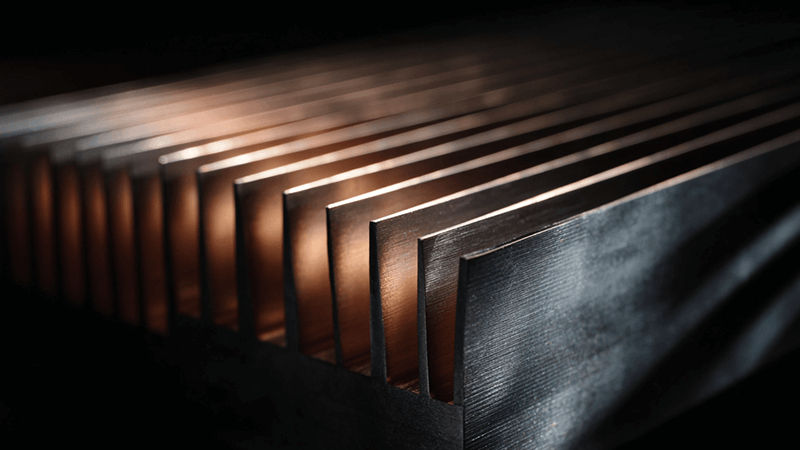
I’ve spent my career in the LED lighting industry, from the factory floor to founding my own company, Upward Lighting. I’ve seen it all, and one lesson stands above the rest: heat kills LEDs. Many buyers, even experienced ones like Shaz, a purchasing manager I know in the UAE, focus on lumens and watts. But the real secret to longevity isn’t just about the light source; it’s about how you keep it cool. Let’s dive into why thermal management is the single most critical factor for your LED floodlights.
Why don’t LED lights last forever?
Your LED lights promised a decade of service but failed in two years. This unexpected expense and replacement hassle make you question if the "long-life" promise of LEDs is just a myth.
LEDs don’t last forever because the semiconductor chip that produces light degrades from heat. Over time, excessive heat reduces light output (lumen depreciation) and can cause the internal components to fail completely. The quality of materials used to manage this heat is the biggest factor.
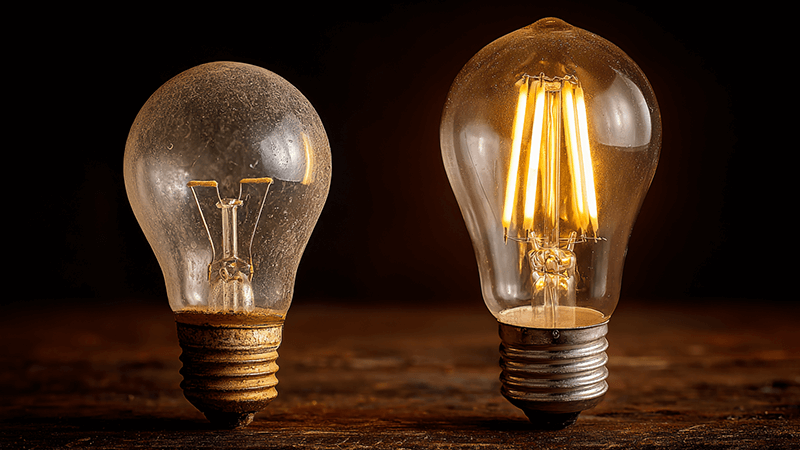
The Deception in Materials and Design
When I first started, I also fell for the "weight trap." I assumed a heavier heat sink meant better quality because it used more aluminum. But I quickly learned that some manufacturers play games. They use cheap, recycled aluminum full of impurities, which has terrible thermal conductivity. I’ve even seen "plastic-clad iron" designs. They look like aluminum fins on the outside, but the core is an iron block that barely conducts heat at all. It feels heavy, but it suffocates the LED chip.
The difference in material is huge.
| Material Type |
Thermal Conductivity (W/m·K) |
Common Use |
| Pure Aluminum |
~200 |
High-end lighting |
| Die-cast Aluminum |
80-90 |
Standard / budget lighting |
| Iron |
~80 |
Deceptive, low-quality lighting |
| Plastic |
<1 |
Housing, not for heat transfer |
A manufacturer will sell you a light made with cheap die-cast aluminum but won’t mention its conductivity is less than half that of pure aluminum. They are designing the light to fail, not to last. This is why I always tell clients to look deeper than just the weight or surface appearance.
What is thermal management of LED?
You see "advanced thermal management" listed as a feature, but it’s unclear what that means. You’re left wondering if it’s a real benefit or just marketing jargon to justify a higher price.
Thermal management is the entire system designed to move heat away from the LED chip to the surrounding air. It includes the heat sink, the thermal interface material (TIM), and the overall physical design of the luminaire. A good system keeps the LED cool and stable.
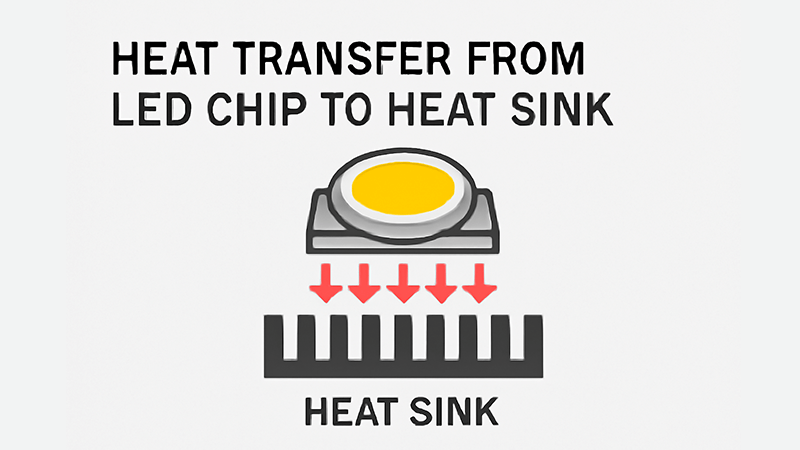
The Invisible Component That Kills
Between the LED chip and the metal heat sink, there’s a critical layer called the Thermal Interface Material, or TIM. It’s usually a paste or a pad, and its job is to fill microscopic air gaps to ensure heat transfers efficiently. This is one of the easiest places for a manufacturer to cut costs, and it’s a total "invisible killer." I once worked on a project where a large batch of streetlights was failing after just 18 months. When we took them apart, we found the problem. The manufacturer had used a cheap, low-grade thermal grease.
Under the constant heat, this cheap grease had dried out and turned to powder. It was like putting a wall of dust between the chip and the heat sink. Heat transfer completely stopped. The LED chips were basically cooking themselves to death. In our products at Upward Lighting, we use high-conductivity silicone grease or ceramic pads that are stable and reliable for years. It’s a small detail that you can’t see, but it makes the difference between a light that lasts two years and one that lasts ten.
What is the life expectancy of a LED light?
You see lifespans from 25,000 to 100,000 hours advertised. This huge range is confusing and makes it hard to compare products or know what you’re actually paying for.
A typical LED light’s life expectancy is rated at L70, meaning the time it takes to lose 30% of its initial brightness. This can range from 30,000 to over 50,000 hours. However, this rating is based on lab tests, not real-world conditions where heat accumulates.
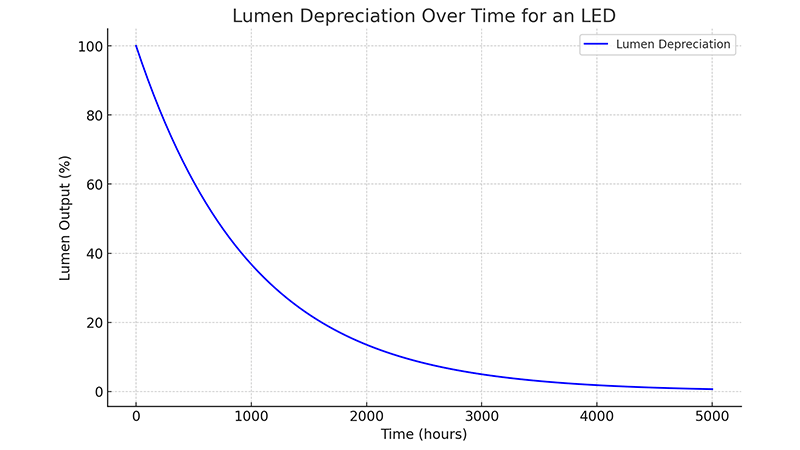
The Problem with "Lab" Lifespans
Manufacturers love to show you beautiful data sheets. They test their lights for temperature and performance in a lab, usually for a short period like 30 minutes in a climate-controlled room with perfect airflow. The numbers look fantastic. But how are you using that floodlight in the real world? It’s probably mounted high up on a wall, maybe in a tight corner, or inside a housing with no wind. It’s also running for 10-12 hours straight, not just 30 minutes.
In these real-world conditions, heat has nowhere to go. It just builds up. The light’s stable operating temperature can be 20-30°C higher than what the lab test shows. This extra heat is devastating for the LED’s lifespan. There’s a rule of thumb in electronics: for every 10°C increase in temperature, the component’s life is cut in half. That "real-world" temperature difference can reduce a 50,000-hour lifespan to just 12,500 hours. This "time magic" is how a light rated for 10 years can fail in 3. They don’t test for your reality; they test for their data sheet.
Do LED lights need thermal protection?
You wonder if all this focus on heat is necessary. If LEDs are so efficient, why do they need complex cooling systems? It seems like an over-engineered problem for a simple light.
Yes, absolutely. While LEDs are efficient, they still convert about 60-70% of energy into heat, not light. Without thermal protection, this heat quickly builds up at the LED chip, causing rapid lumen depreciation and catastrophic failure. Effective thermal design is a necessity, not a luxury.
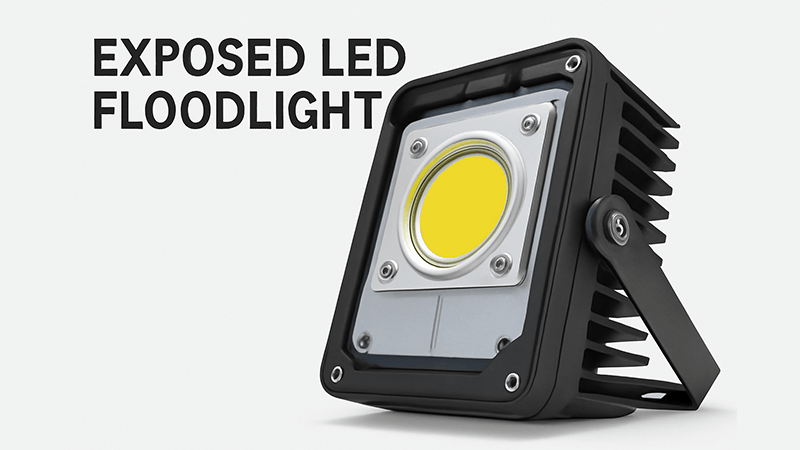
The "Good Enough" Design Compromise
As an engineer, I can design a perfect heat sink. It would keep the LED cool in the hottest desert and last for 20 years. But that design might be too big, too heavy, and too expensive to manufacture. The marketing department would never approve it. So, a compromise is made. This is the reality of product development. The final design is always a trade-off between performance, cost, weight, and aesthetics.
The goal often shifts from "let’s make this last as long as possible" to "let’s make this last just past the warranty period." For a light with a 2-year warranty, the thermal management might be designed to be "good enough" to survive for about 2.5 or 3 years under typical use. The designer knows a better solution, but the cost constraints dictate a less robust one. The lifespan isn’t an accident; it’s often a calculated business decision. This is why understanding and demanding better thermal quality is so important. You are not just buying a light; you are buying the design choices that determine its lifetime.
Conclusion
The lifespan of your LED floodlights comes down to one thing: effective thermal management. Poor materials, hidden cost-cutting, and misleading tests all lead to premature failure, turning a good investment bad.